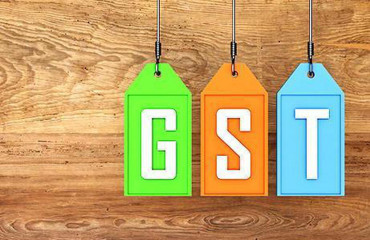
Granular data available from Goods and Services Tax Network (GSTN) offers insights into the composition of businesses and their contribution to the exchequer. Mint takes a closer look at the trends.
Granular data available from Goods and Services Tax Network (GSTN) offers insights into the composition of businesses and their contribution to the exchequer. Mint takes a closer look at the trends.
Who pays most of the GST receipts?
The data confirms the general principle of 'vital few' – that in any data set, the bulk of the effects come from a few of the causes. Of the more than 14 million GST registered enterprises, more than half belong to six states, led by Uttar Pradesh, Maharashtra, Gujarat and Tamil Nadu.
Very few taxpayers comprised businesses with more than ₹500 crore in annual sales, but they accounted for the highest number of sales invoices reported in FY23 at 68.7 million. On the other hand, the more than 1.6 million enterprises with sales of up to ₹500,000 – the lowest turnover threshold – reported only 1.7 million invoices in the same time.
Broadly, about 7% of companies, both public and private, accounted for two-thirds of GST collections, while proprietorships, which account for over 80% of the GST-paying entities, contributed just over 13% of GST revenue receipts. This shows that the bulk of businesses are in the micro, small and medium enterprises. Although small in size, they collectively play a significant role in the economy.
What do e-way bill figures show?
Intra-state movement of goods is much higher than inter-state movement, going by the number of electronic permits raised for shipments. On a single day in September 2022, a record 3.8 million e-way bills were registered, representing the high point of the post-covid rebound in consumption.
E-way bills show how goods move within the economy and are used as a high-frequency indicator by analysts. It also aligns with the data on the manufacturing purchase managers' index. However, e-way bill data also includes stock transfers within a company. Thus the total value of e-way bills raised in a period could be higher than the amount of goods actually traded.
What are compliance levels like?
Tax-return filing has increased steadily over time. With a host of rule changes relating to availability of tax credits and higher reporting requirements, GST compliance and the efficiency of the indirect tax system have increased. Over a million sales returns in GSTR-1 form are filed every month. Compliance on filing GSTR-3B return forms by the due date, showing a summary of monthly transactions, is in the region of 80%. This compliance level rises if delayed filings are also included.
What do GST collections show?
GST revenue collections have increased steadily since the pandemic, with the union government and states collecting over ₹1.87 trillion in April. In July, GST revenue receipts stood at over ₹1.65 trillion, the third-highest since GST was introduced in 2017, with states such as Punjab, Haryana, Delhi, Uttar Pradesh, Maharashtra, Karnataka and Tamil Nadu reporting double-digit revenue growth. With demand likely to kick in in the coming festive months, GST collections are likely to remain healthy.
